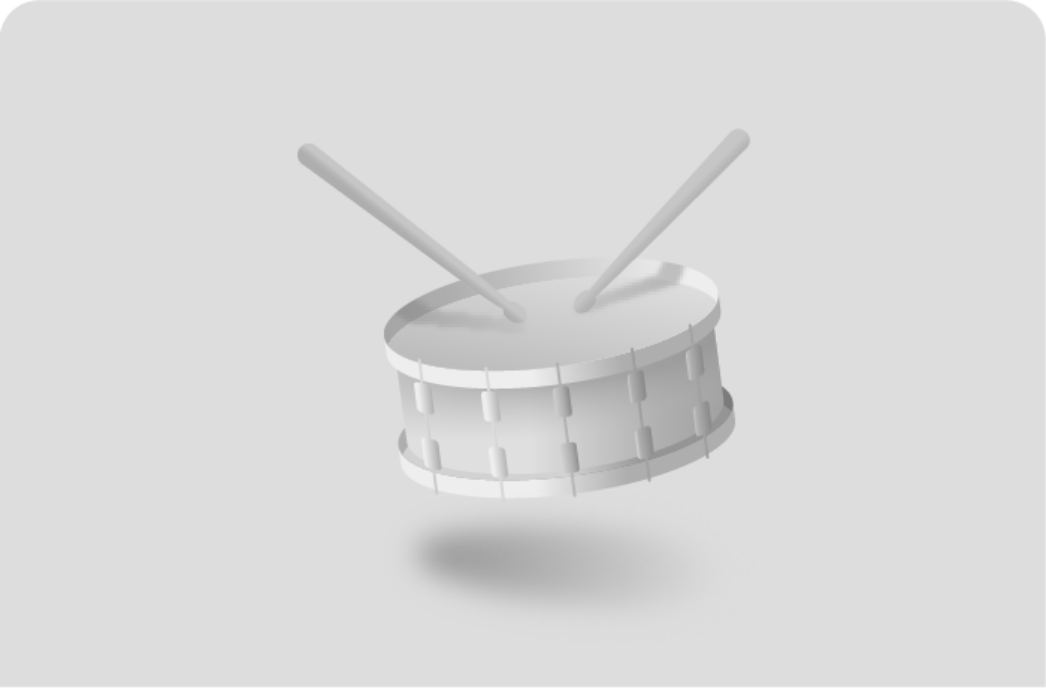christinapittman
Benutzerdetails
Ort
New York, U.S.A.
Unbekannt
Musik-Informationen
Unbekannte Instrumente
Unbekanntes Level
Unbekannte Erfahrung
Unbekanntes Genre
Unbekanntes Label
Biografie
Exploring Hemming Techniques for Different Fabric Types
If you want to create a professional finish on your fabric, you need to learn to hem. Different hemming techniques work best for different fabrics, but be sure to check the top product comparisons by experts at CraftsSelection to choose the right sewing machine, tools, and supplies to match your hemming needs. Since different fabrics have different characteristics, you will not get the same results if you stick to a single hemming technique. The following are the different hemming techniques for different fabric types.
See This Page: Top Sewing Product Reviews CraftsSelection
Woven Fabrics
This is a fabric with threads woven together in a crisscross pattern and they include the likes of linen, silk, wool, and polyester. These fabrics will require different hemming techniques depending on their weight and thickness. The single-fold hem technique is most suitable for lightweight woven fabrics. The double-fold hemming technique is suitable for medium and heavyweight woven fabrics. In both cases, you need to fold twice before stitching the hem.

Knit Fabrics
These are stretchy fabrics that include jerseys, and spandex. Since they are stretchy, you need to apply a hemming technique that will accommodate their stretchiness.
For stretchy fabric, you need to use the Twin-needle hem or coverstitch hemming technique. For the twin-needle hemming technique, you need to fold the raw edge once on the wrong side, then use a twin-needle and stretch stitch to sew. For the coverstitch hemming technique, you need to fold the raw edge once on the wrong side then use a coverstitch machine or a serger to create a flat and stretchy hem. Please click on the best sewing products at CraftsSelection.com to learn more about these techniques.
Sheer Fabrics
Sheer fabrics are lightweight and delicate, and they include the likes of chiffon and organza. These fabrics work best with narrow rolled hemming techniques. You need to fold the raw edge of the fabric once on the wrong side by 1/8”, then press before folding again by 1/8”. Stitch very close to the inner fold with a fine needle and lightweight thread and then top-stitch at 1/8” from the initial stitch. Please visit Crafts Selection to learn more about hemming sheer fabrics.

Heavy Fabrics
Heavy fabrics like denim and canvas will require more robust hemming techniques to make them stable. The top-stitched hem and the Jean-A-Ma-Jig hemming techniques work best for these fabrics. For the top-stitched hemming, you need to fold the raw edge once by ¼” and then press with a hot iron. Fold once again by ½” or more depending on the thickness of the fabric. Stitch along the inner fold before top-stitching at 1/8” from the first stitch for extra strength and decorative finishing.
For the Jean-A-Ma-Jig hemming technique, fold the raw edge to the desired length, then use a Jean-A-Ma-Jig or similar tool to sew over the bulky seams. Stitch along your fabric’s folded edge to complete the work.
Crafts Selection Experts Will Help Boost Your Hemming Skills
Still unsure of what type of hemming technique to use? Visit CraftsSelection.com and check out more guides from expert sewists for more detailed information on different hemming techniques. We also provide the most comprehensive reviews on top-rated sewing machines, sewing tools and accessories to ease your sewing projects.
Meine Videos
0 Videos

Video Name
Video Titel

Video Name
Video Titel

Video Name
Video Titel
Meine Inspirationen
0 Videos

Künstler Name
Video Titel